Aillium Cowanii Bulbs White pack of 5 bulbs
₹199.00
Out of stock
Email when stock available
Aillium Cowanii This is the Allium that started it all–the really beautiful tall relative of onions, leeks, and chives that has now taken its place in flower gardens. The flower head consists of over 100 little star-shaped blooms arranged in an amazing globular starburst. Planted close together for a group effect, these bulbs add lovely lavender color plus the interest of the fascinating globe-shaped blooms atop strong stems. They’ve become many gardeners’ favorites.Aillium Bulbs Purple About the Alliums. Every family has its beauties. And yes, these are the best-looking members of the family of Allium, which includes onions, leeks and chives. (The word, Allium, means ‘onion’ in Latin.) Many Allium species are native to Iran, where many tulips also originate, and the edible Alliums have been cultivated and a staple of diets for over 10,000 years.
Outdoor Beds
- Find a location where the soil drains well. If there are still water puddles 5-6 hours after a hard rain, scout out another site. Or amend the soil with the addition of organic material to raise the level 2-3″ to improve the drainage. Peat moss, compost, ground bark or decomposed manure all work well and are widely available. While alliums aren’t fussy about soil, they will not survive in soggy soil or standing water.
- Aillium Cowanii Site your alliums where they will receive full sun. Alliums will grow in light shade but tend to develop stronger stems in brighter light.
- Dig holes and plant the bulbs 3″ deep and 6″-8″ apart. Position the bulbs with the pointy end facing up.
- After planting, water well to settle the soil around the bulbs. Roots will form in the fall. A few sprouts may also develop in autumn if you live in a warm region. More substantial top growth and flower stems will form in the spring.
- When in bloom, feel free to cut allium flowers for striking bouquets or for drying.
- After blooming has finished for the season leave the foliage in place; don’t cut it off. The leaves will gather sunlight, create food through photosynthesis and strengthen the bulb for the future. Water as needed during active growth periods, about 1″ of moisture per week is a good estimate.
- By mid summer the leaves will yellow and die back as the plant slips into dormancy. Foliage many be removed at this point. Your alliums will rest for a few months before beginning the next growing cycle.
Pots, Barrels, Tubs & Urns
- Fill your containers with good quality, well-drained soil. Almost any commercially available potting medium will work fine. Make sure there are adequate drainage holes; allium bulbs must never sit in waterlogged soil or they will rot. Keep in mind the mature size of the varieties you have chosen and plan your container sizes accordingly.
- Site your containers where they will receive full sun.
- Plant your alliums 3″ deep and 6″ apart for the most brilliant display. Position bulbs with the pointy ends up.
- After planting, water your containers well, gently soaking the soil so it settles around the bulbs. Roots will form in the fall. A few sprouts may also develop in autumn if you live in a warm region. Taller top growth and flower stems will form in the spring.
- Enjoy your flowering containers, snipping a few flowers if you like. This won’t hurt your plants.
- After blooming has finished for the season leave the foliage in place; don’t cut it off. The leaves will gather sunlight, create food through photosynthesis and strengthen the bulb for the future. Water as needed during active growth periods, about 1″ per week.
- By mid summer the leaves will yellow and die back as the plant slips into dormancy. Foliage many be removed at this point. Your alliums will rest for a few months before beginning the next growing cycle.
| Color | White |
|---|---|
| Germination Level | Medium |
| Growth Pattern | Leaf without stem |
| Hybrid or Open Pollinated | Hybrid |
| Ideal location | Full sun |
| Origin Country | Holland |
Be the first to review “Aillium Cowanii Bulbs White pack of 5 bulbs” Cancel reply
You must be logged in to post a review.
Related products
Winter Bulbs



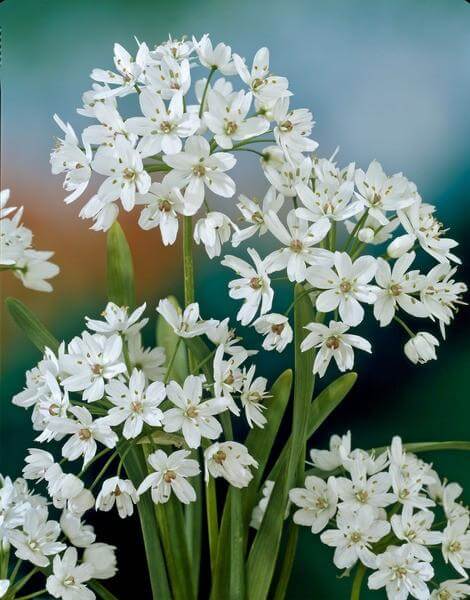

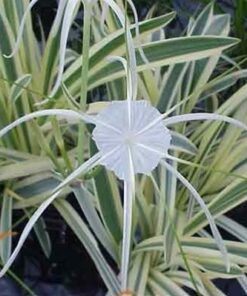
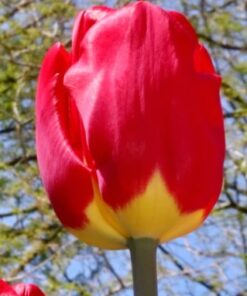
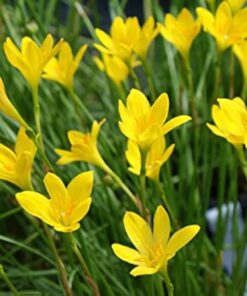

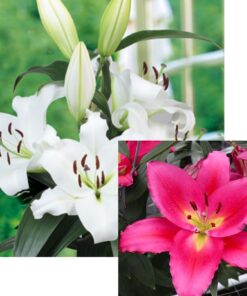

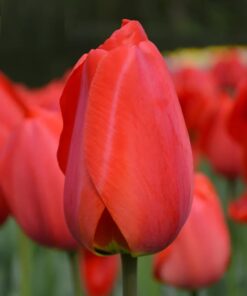
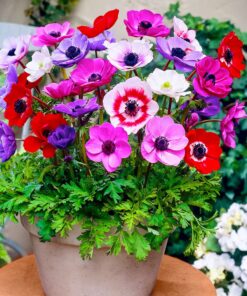

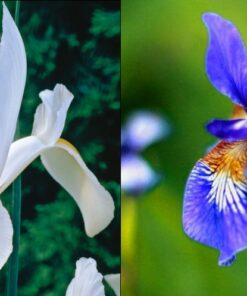
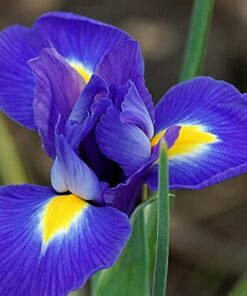
Reviews
There are no reviews yet.